Nature’s Best Moms: 14 Incredible Animal Mothers
Parenting in the wild isn’t for the faint of heart, and yet so many animal moms rise to the challenge with surprising creativity. These remarkable mothers deserve a closer look for the lengths they go to keep their young alive and thriving.
Orangutans
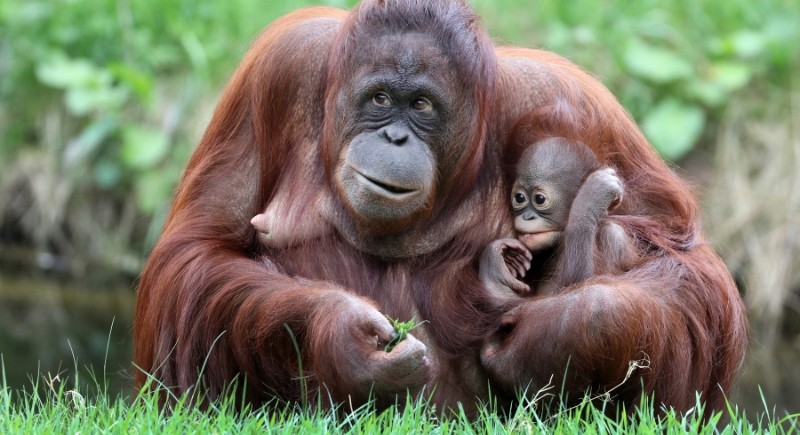
Credit: Getty Images
In dense rainforests, an orangutan mother spends her days teaching survival skills one treetop at a time. She crafts a fresh leafy bed every night, sometimes thousands over her lifetime. This long apprenticeship, lasting up to eight years, makes orangutan moms some of the most patient teachers in nature.
Wolf Spiders
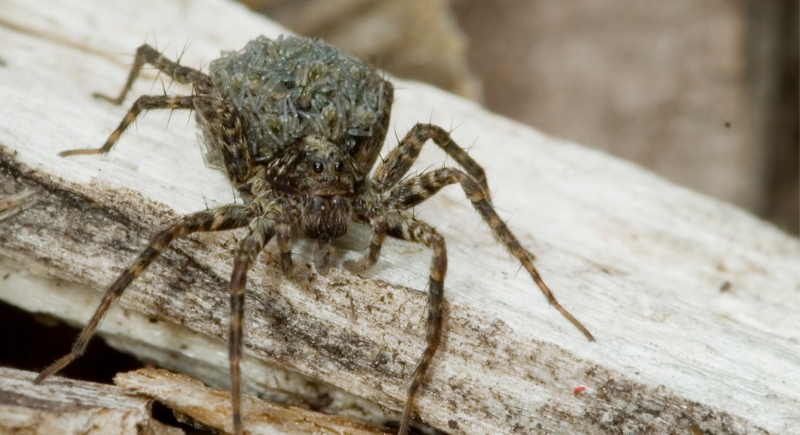
Credit: Getty Images
A wolf spider mother never leaves her eggs unattended. She carries them in a silken sac attached to her spinnerets as she hunts and lugs them around until they’re ready to scurry off. Scientists often point to this behavior as one of the most hands-on examples of arachnid parenting ever recorded.
African Elephants
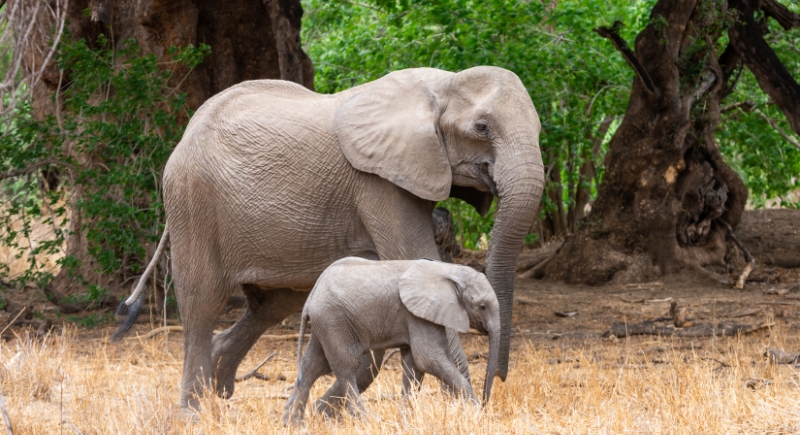
Credit: Getty Images
Among elephants, a new mother may lean on her female relatives, yet her dedication remains unmatched. After a 22‑month pregnancy, she gives birth to a calf that can weigh nearly 200 pounds. She guides her newborn through dense brush, shields it from danger, and teaches it how to forage.
Great Hornbills
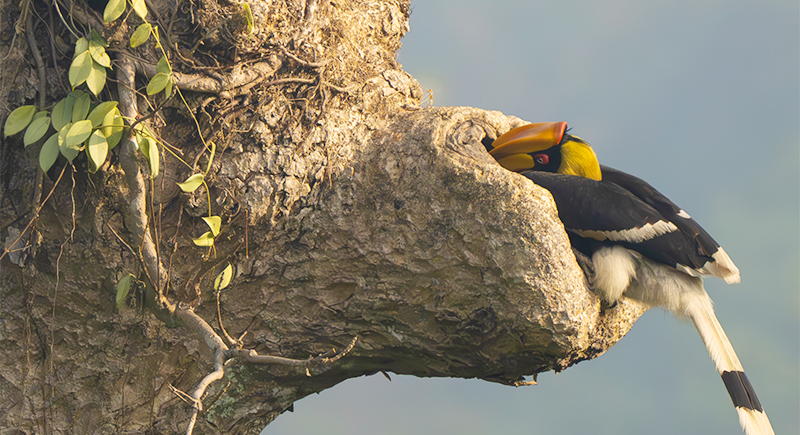
Credit: iStockphoto
A female great hornbill seals herself inside a hollow cavity with mud and her own droppings. Once the chicks hatch, she chips her way out, then joins the male in feeding them. This unusual nesting habit keeps predators at bay during the vulnerable early weeks.
Polar Bears
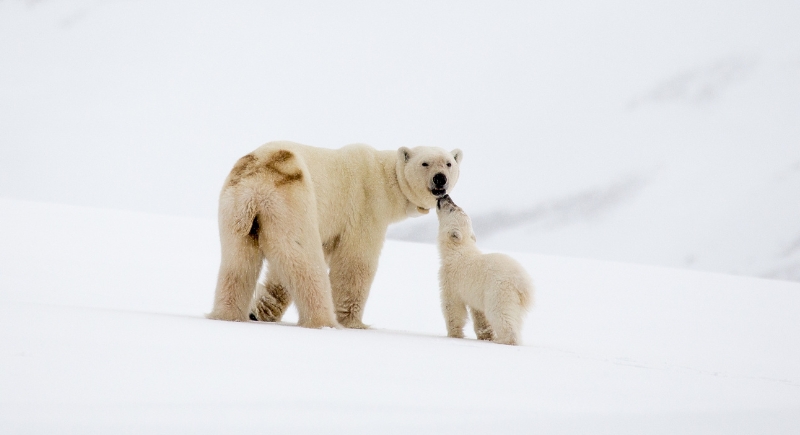
Credit: Getty Images
When the Arctic winter sets in, a pregnant polar bear digs deep into the snow and disappears from sight. She delivers tiny cubs inside that den and keeps them warm while snowstorms rage above. Months later, she emerges thinner but determined to lead her new family out.
Cheetahs
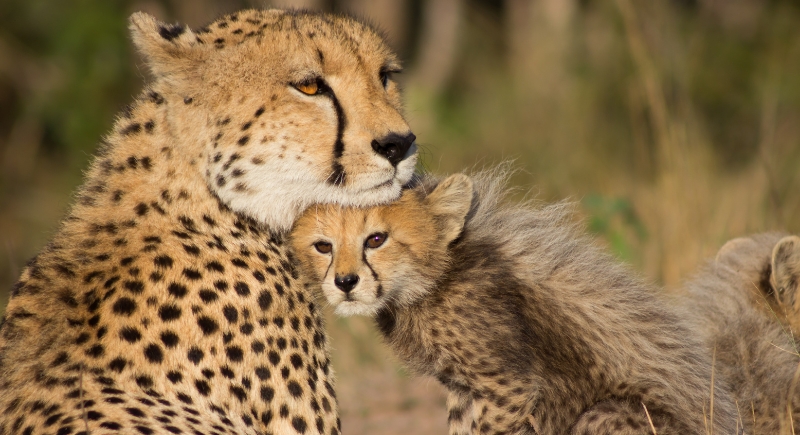
Credit: Getty Images
A cheetah mother has to stay on the move, shifting her cubs from one hiding spot to the next to keep them safe. The cubs trail her, pick up hunting tricks by watching, and get plenty of practice chasing each other through the grass. They don’t strike out on their own until they’re close to a year and a half old.
Koalas
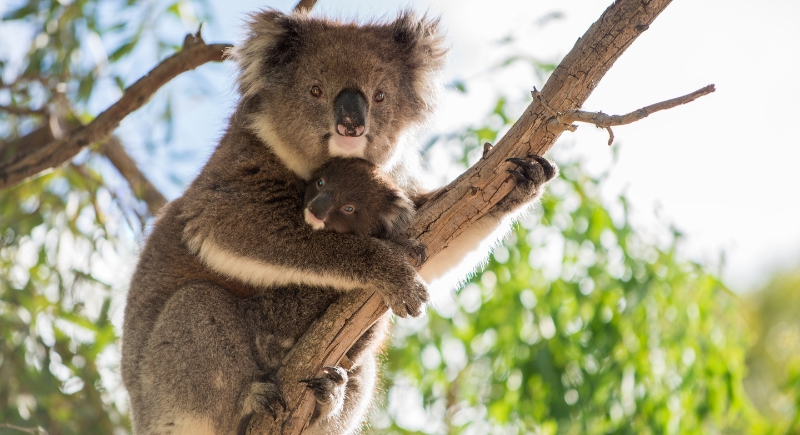
Credit: Getty Images
Koala moms raise their young with an unusual trick. Long before a joey can chew eucalyptus, she feeds it pap, a special droppings mix that preps its stomach. Once strong enough, the youngster clings to her back and learns which trees hold the tastiest leaves.
Alligators
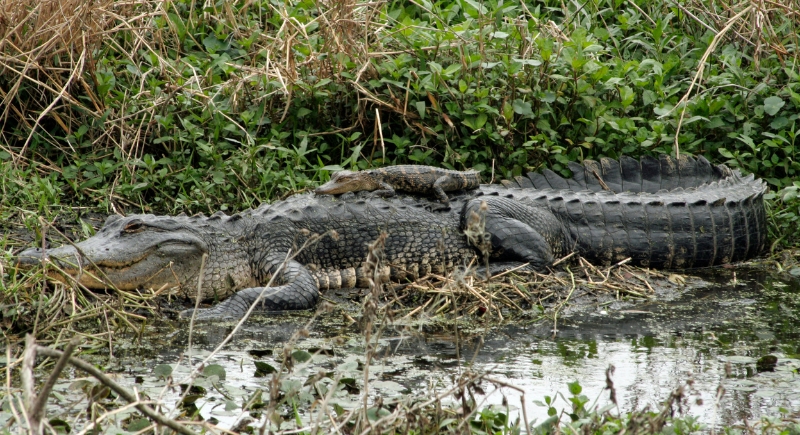
Credit: Getty Images
Near the water’s edge, a mother alligator builds a nest from mud and decaying plants. She stands guard as the eggs develop, then carries the tiny hatchlings in her jaws down to the water. Even after that, she stays close, always on alert for any sign of trouble.
Emperor Penguins
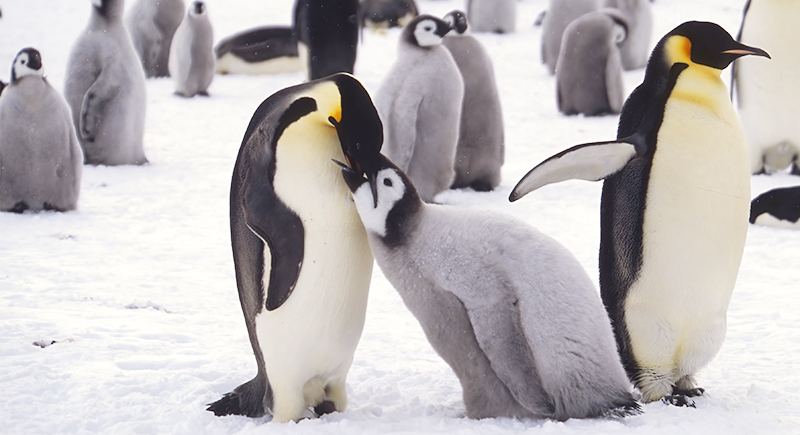
Credit: iStockphoto
An emperor penguin mother makes long treks across the ice in search of food. Once she lays her egg, her mate keeps it warm while she’s gone. When she returns, she feeds her chick from what she’s caught. Both parents take turns caring for their young until the chick is old enough to join the group.
Octopuses
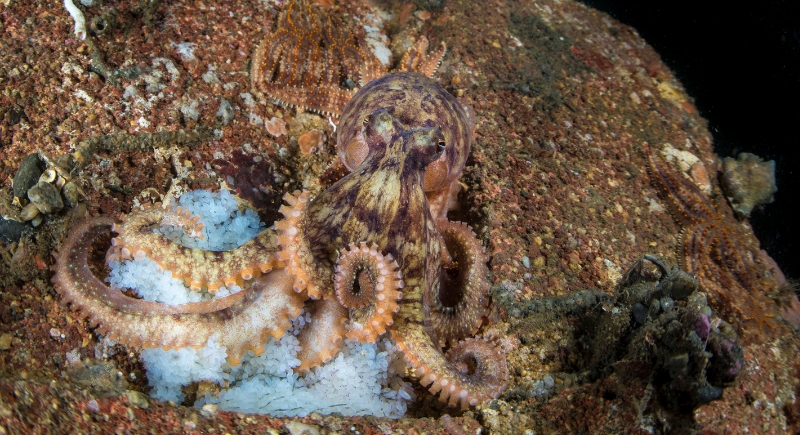
Credit: Getty Images
A female octopus fastens thousands of eggs to the rock walls around her. She stays, guarding them for months or even years, constantly moving water over them to keep oxygen flowing. During this time, she refuses food. Her young hatch into the world having never seen her hunt, but alive because of her sacrifice.
Harp Seals
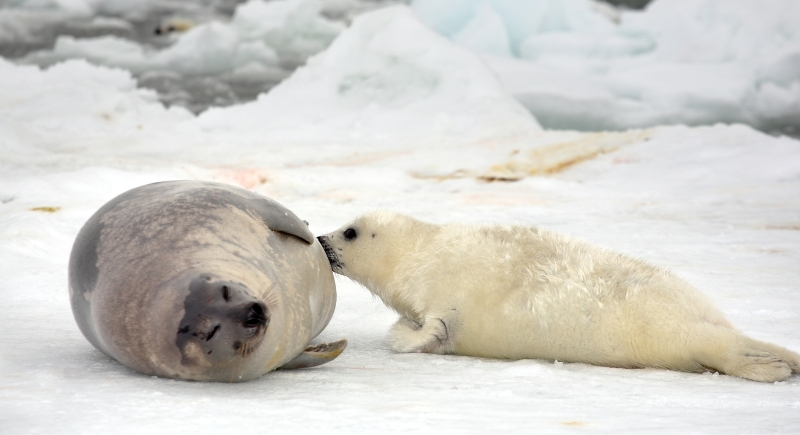
Credit: Getty Images
On icy breeding grounds, harp seal mothers nurse their pups with milk packed with fat. The babies grow from fragile newborns to chubby, well‑insulated swimmers in less than two weeks. The mothers then depart for the sea, leaving the pups to fend for themselves.
Virginia Opossums

Credit: Getty Images
A mother opossum may birth up to 20 tiny young, each smaller than a bee. Only as many as her 13 nipples can survive, and they cling to her pouch until stronger. When they outgrow the pouch, they ride on her back and grip her fur as she forages at night.
Strawberry Poison Dart Frogs
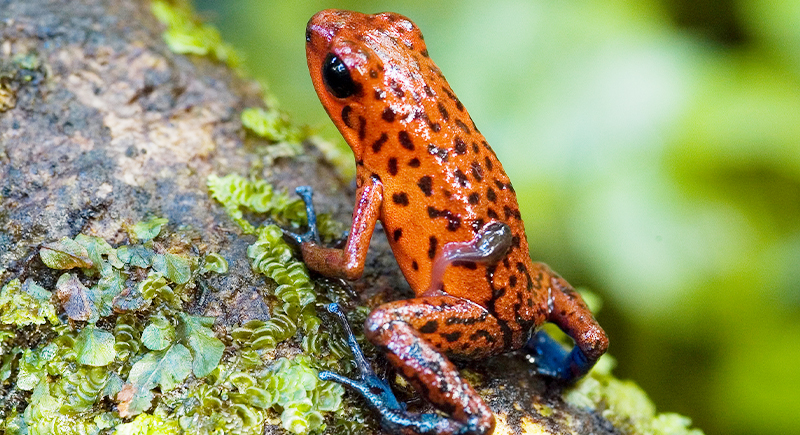
Credit: iStockphoto
In the rain-soaked forests of Central America, a strawberry poison dart frog mother carries her tadpoles one by one up into the canopy. Each gets its own tiny pool in a leaf. She keeps returning, dropping off more, then feeds them with her own unfertilized eggs until they’re ready for life on their own.
Giant Pacific Octopus
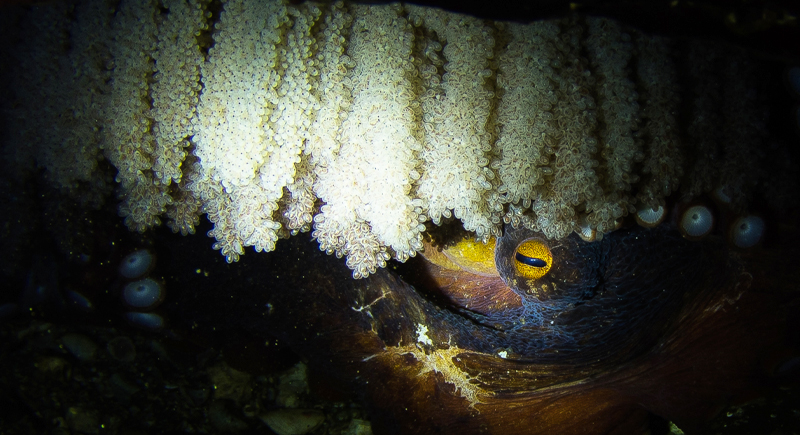
Credit: Wikimedia Commons
This ocean‑dwelling mother lays up to 70,000 eggs in a hidden den. She gently blows currents across them for months and scrubs away debris with her arms. By the time her young drift away into the sea, her life is ending, but her dedication secures the next generation.
Gray Kangaroos
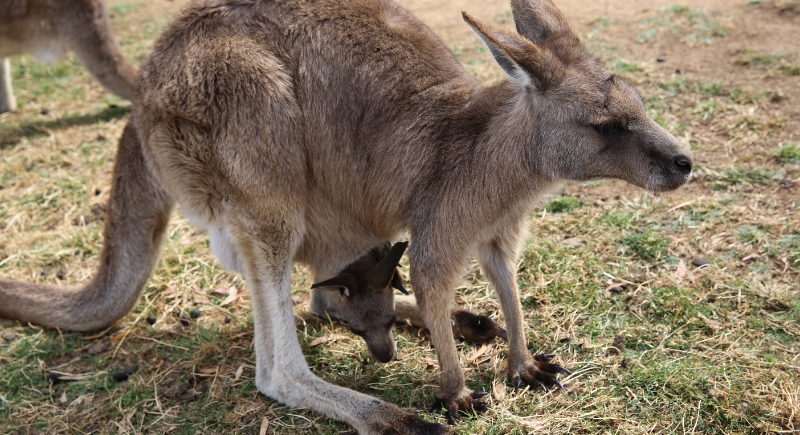
Credit: Getty Images
A gray kangaroo’s reproductive rhythm is astonishing. She can pause the development of an embryo if conditions aren’t right, all while caring for a joey already in her pouch. Sometimes she nurses two young of different ages at once and produces two types of milk to meet their needs.